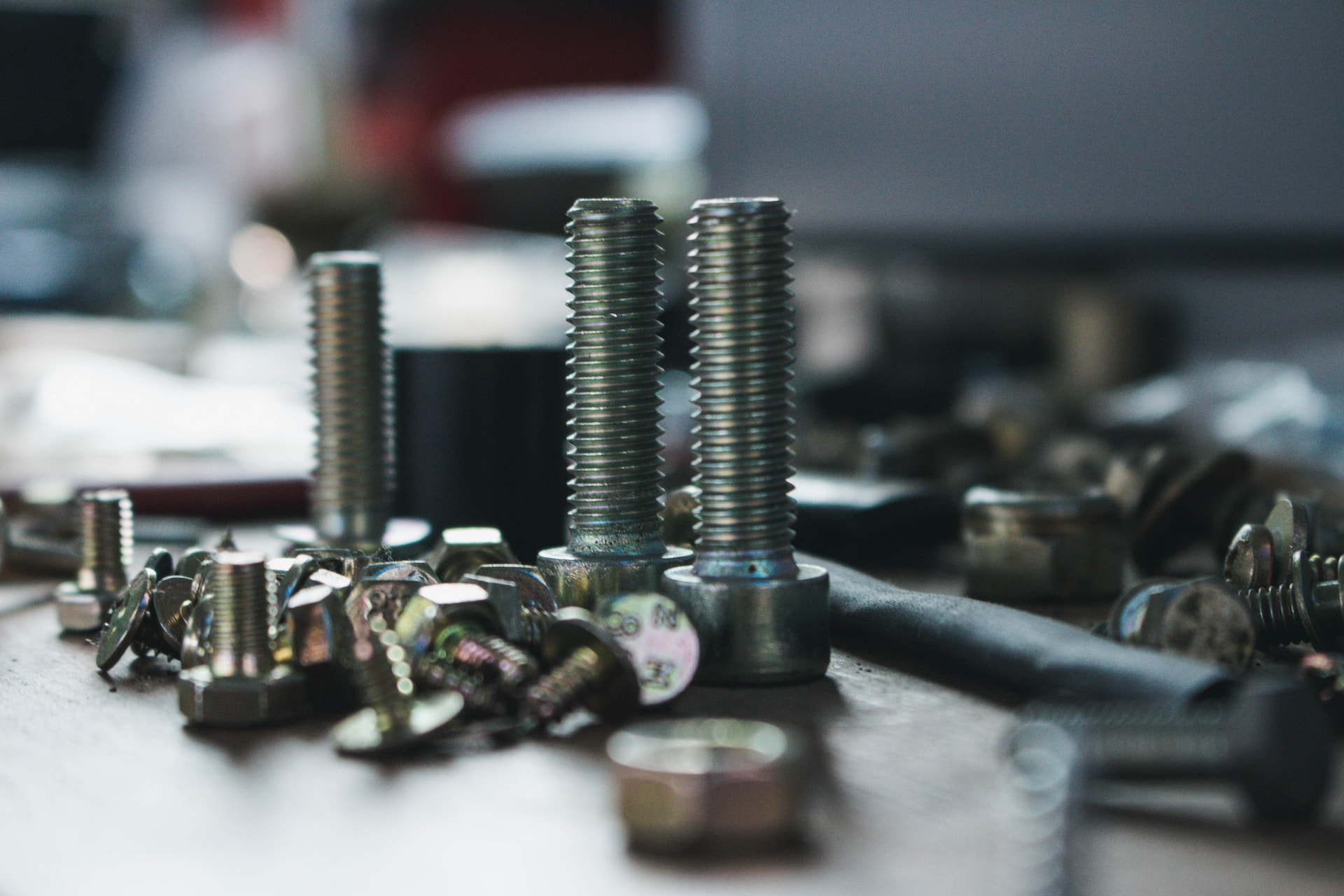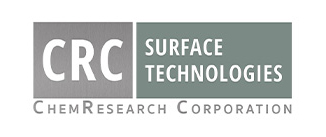
26 Apr Electroplating vs. Powder Coating
When it comes to metal finishing techniques, two of the most popular choices are electroplating and powder coating. Both techniques offer many advantages, but choosing the right one can make a big difference in the quality, durability, and overall appearance of your finished product. We put together this guide on electroplating vs. powder coating so you will know how to choose the best finish for the job.
The Electroplating Process
Electroplating is the process of using electricity to coat a metal surface with another type of metal. It’s used in various industries to improve the appearance, durability, and corrosion resistance of metal parts. A wide range of metals can be used for electroplating, including silver, chrome, nickel, and copper.
During the electroplating process, the metal substrate is submerged in an electrolytic solution containing ions of the plating metal. Then, an electrical current is passed through the solution. This makes the metal ions bond to the surface of the metal part, creating an even coating.
The thickness of the plating layer can be controlled by adjusting the time the metal substrate spends in the plating solution and the strength of the electrical current. Regulating the thickness of the coating is much easier with electroplating than with powder coating, because powder coatings are generally thicker to begin with.
Five Advantages of Electroplating
1: Corrosion Resistance
Electroplating creates a protective coating on the surface of the substrate, which enhances its corrosion resistance. The protective metal layer can prevent tarnish, rust, and other types of corrosion, making it ideal for parts that will be exposed to harsh environments.
2: Improved Appearance
Electroplating can help enhance the appearance of a metal part by giving it a bright, reflective finish and a more uniform surface texture. This feature is especially beneficial for parts used in consumer products or automotive applications, where appearance is important.
3: Durability
Another benefit of electroplating is that it can improve the durability and resistance of a metal part. The plating layer provides additional protection against physical wear and tear, so the substrate is less vulnerable to chips and scratches.
4: Conductivity
Electroplating also improves the electrical conductivity of a substrate. For this reason, silver plating, copper plating, and other coatings are often used on electronic components such as circuit boards.
5: Cost-Effective
Electroplating can be a cost-effective alternative to other metal finishing techniques, such as coating or painting. Because it can produce a high quality finish in a relatively short amount of time, it can help reduce manufacturing costs.
The Powder Coating Process
The main difference between electroplating and powder coating is the application process—electroplating is wet, while powder coating is dry. During the powder coating process, a free-flowing dry powder (made from polymer resin and several additives) is applied to a metal substrate electrostatically. The resulting coating is similar to a very durable paint.
The powder is charged with an electrical current and sprayed on the metal substrate’s surface. The coated metal is then cured using a UV light or is heated in an oven, causing the powder to melt and form a smooth, even coating. The resulting finish is durable, scratch-resistant, and available in a wide range of colors and textures.
Four Advantages of Powder Coating
1: Versatility
Powder coatings can be applied to numerous types of materials, including metals, plastics, and ceramics. This versatility makes it a good option for composite products that require a consistent finish across a variety of substrates.
2: Durability
Powder coatings also provide a tough, durable finish that’s resistant to chipping, scratching, and fading. This makes it ideal for components that require a high level of durability, such as automotive parts or industrial equipment.
3: Environmentally Friendly
Another advantage of powder coatings is that they are an environmentally friendly alternative to liquid coatings such as paint or varnish. Unlike liquid coatings, powder coatings contain no solvent. Using powder coatings reduces the emission of harmful volatile organic compounds (VOCs) into the atmosphere.
4: Cost-Effective
Like electroplating, powder coatings are also cost-effective. They require less labor and have fewer material costs than traditional liquid coatings. The high durability of powder coatings also reduces maintenance costs over time.
Electroplating vs. Powder Coating: Which Option Is Best?
Ultimately, choosing between electroplating and powder coating will depend on the intended use of the component.
Electroplating is ideal for parts that require enhanced corrosion resistance, a decorative finish, or a high degree of customization. The aerospace, medical, electronics, automotive, and defense industries all use electroplating for various components.
On the other hand, powder coating is a good choice for parts that require a durable and scratch-resistant coating that’s environmentally friendly. It is commonly used in the automotive, architecture, construction, and sports industries for a variety of applications.
Electroplating Services in Phoenix, Arizona
If you need high quality metal finishing services, consider electroplating for its exceptional durability, corrosion resistance, and aesthetic appeal. At CRC Surface Technologies, we provide cadmium, chrome, copper, nickel, and silver plating services to both regional and national machine shops.
Email rfq@chemresearchco.com to request a quote, or give us a call at 602-253-4175 to learn more.
Images used under creative commons license – commercial use (4/26/2023). Photo by Marcel Strauß on Unsplash

